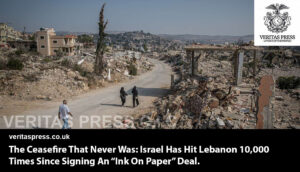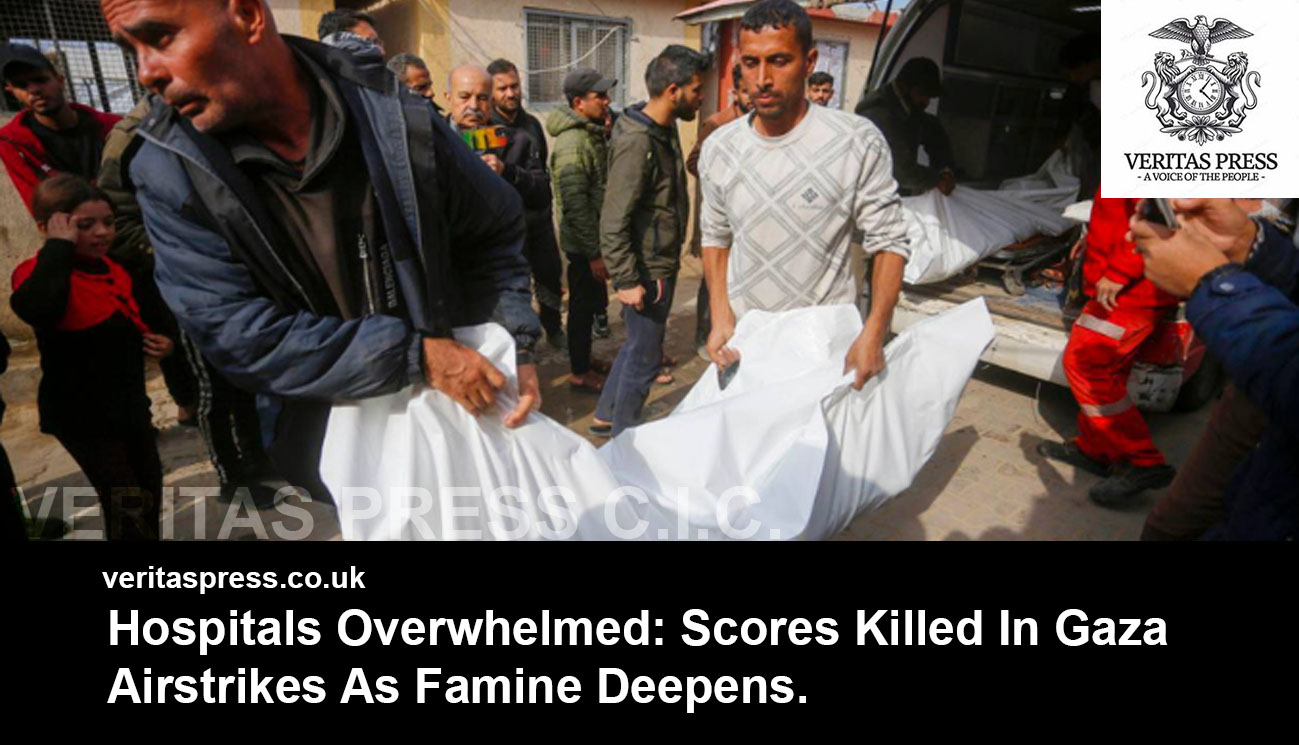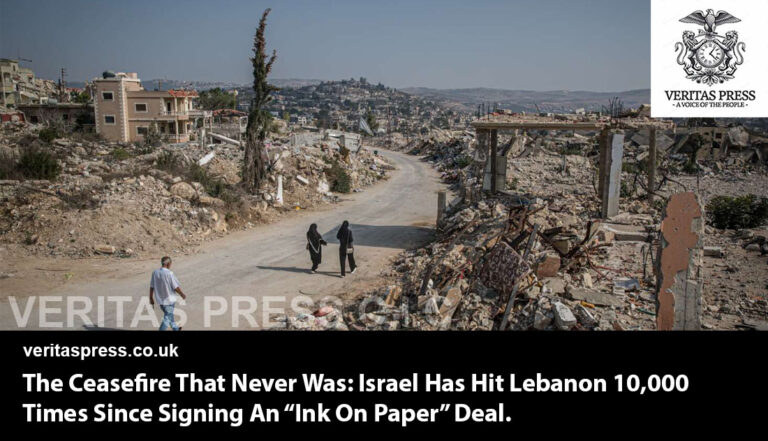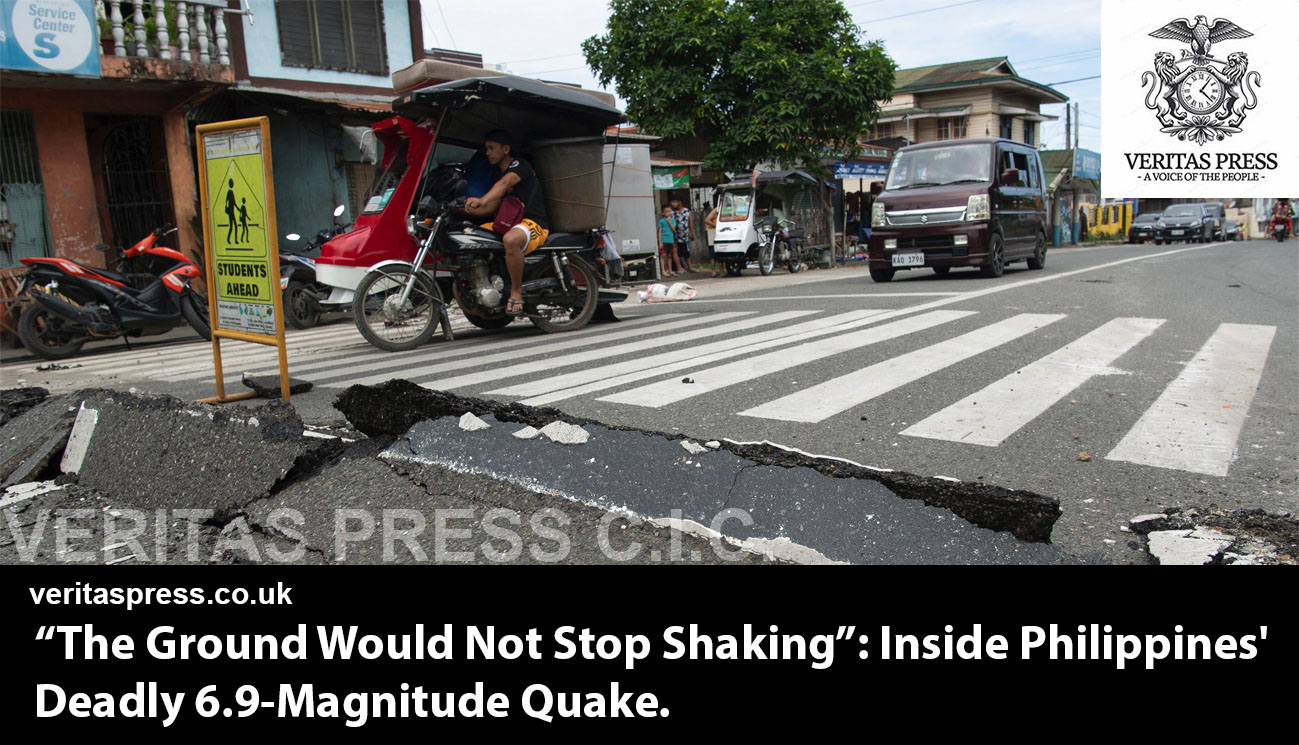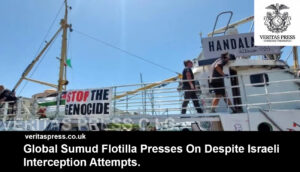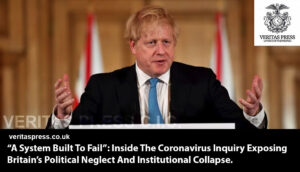Press Release: Veritas Press C.I.C.
Author: Kamran Faqir
Article Date Published: 01 Oct 2025 at 11:42 GMT
Category: Middle East | Palestrine-Gaza-West Bank | US-Israel At War
Source(s): Veritas Press C.I.C. | Multi News Agencies
Business Ads

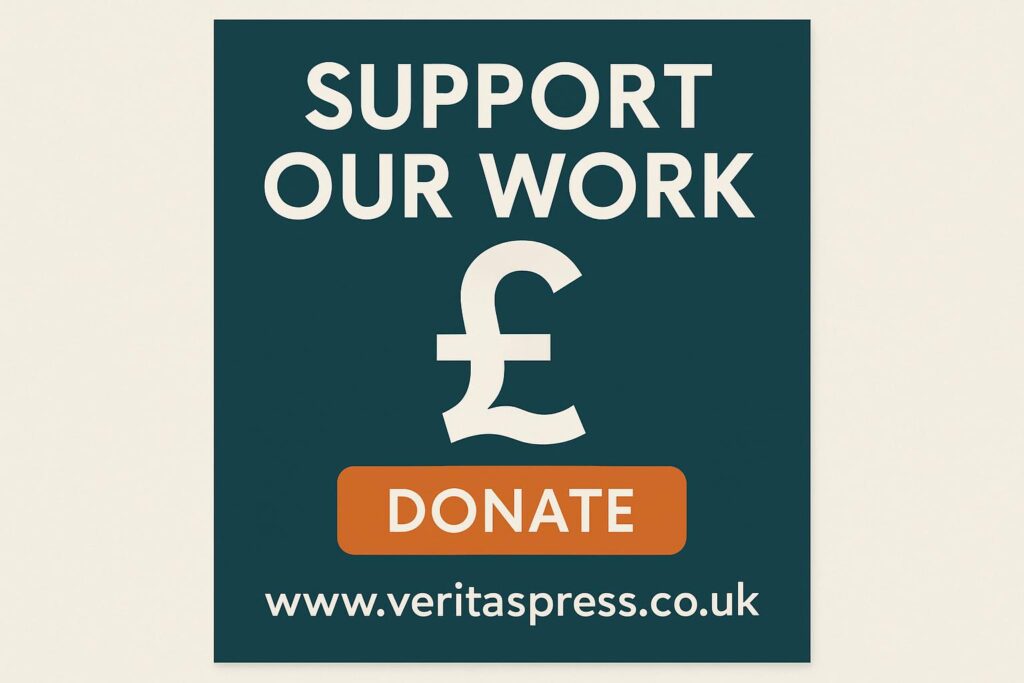
A War Against Life, A Strategy Of Erasure:
The Gaza Strip is plunging deeper into catastrophe as relentless Israeli airstrikes and an escalating starvation siege kill Palestinians at a pace that doctors, aid agencies, and international observers say cannot be described as war alone, but as the systematic annihilation and erasure of Palestinian society, a campaign of genocide and massacres deliberately engineered to displace, fragment, and ethnically cleanse an entire people. On Wednesday alone, at least 34 Palestinians were killed in attacks across the enclave, most in Gaza City, according to medical sources. Among the dead was another child lost to hunger, a stark reminder that Israel’s campaign now uses both bombs and the deprivation of food and medicine to achieve political ends.
Gaza’s Ministry of Health confirms 453 people, including 150 children, have died from starvation and malnutrition so far this year. Hospitals report that this is not the incidental suffering that follows conflict; it is the outcome of a sequence of policy choices, closures, interdictions, and active targeting that together amount to a strategy of annihilation and erasure of Palestinian life and society.
“Every day we receive emaciated children whose bodies tell the story of a manufactured famine,” said Dr. Ghassan Abu-Sittah, a British-Palestinian surgeon who has worked intermittently in Gaza. “Hospitals are no longer treating patients; we are triaging death.”
Schools, Hospitals, Families Under Fire:
The latest strikes followed a pattern: residential areas, schools sheltering displaced families, and gatherings around water and aid supplies were hit in rapid succession.
- Al-Falah School, Al-Zaytoun: Six people were killed when Israeli forces bombed the school, which shelters hundreds of internally displaced families. Survivors described scenes of people buried under rubble. “We thought schools were sanctuaries; nowhere is safe,” said Umm Khaled, a displaced mother who fled with her children.
- Targeting Rescuers: The Palestinian Civil Defence reported that rescue teams were struck by a drone while recovering bodies, an attack that, if verified, would be an attack on protected first responders. “They don’t just bomb us, they bomb those trying to save us,” said Civil Defence spokesperson Mahmoud Basal.
- Deir al-Balah: A drone strike killed six people, including a journalist documenting hunger and queues for aid.
- Al-Shati Refugee Camp, Tel al-Hawa, Nuseirat and Bureij Camps: Repeated strikes killed and wounded dozens, including those waiting for water and food distribution. In Gaza City, a water tanker was hit, killing civilians queuing for scarce potable water.
These are not random battlefield accidents. Seen together, they indicate a campaign in which massacres and denial of humanitarian lifelines are used to push populations from their homes and into smaller, more controllable pockets, camps, and an operational logic consistent with ethnic displacement and forced population transfer.
Hospitals on the Brink, The Machinery of Collapse:
The bombardment converges with a tightening siege to push Gaza’s health system beyond the point of recovery. Hospitals are running out of fuel, oxygen, sterile supplies, and basic pharmaceuticals. Staff are working with their own bodies and minds depleted by hunger and exhaustion.
- Al-Shifa, Al-Ahli, Nasser, Al-Awda: These and other hospitals report neonatal incubators being overloaded because generators have failed, dialysis halted mid-treatment, and surgical theatres operating without adequate sterilisation.
- Doctors and aid agencies report that malnutrition deaths are surging while trauma wards are overflowing. “We are watching a programmatic destruction of medical capacity,” said a senior MSF coordinator. “When hospitals are starved and then struck, the result is not collateral damage, it is engineered collapse.”
The combined effect, bombardment of civilian infrastructure and a blockade that prevents resupply, produces the conditions for annihilation: functional health systems vanish, community resilience is erased, and mortality from preventable causes soars.
Starvation as an Instrument, Evidence and Mechanism:
Since March 2, crossings have been restricted in ways that have made the delivery of food, fuel and medicines intermittent at best and impossible at worst. Thousands of trucks remain at border points while communities inside Gaza starve. Aid agencies report that key routes, including Zikim and, more recently, Rashid Street, have been closed, sharply reducing daily distributions and pushing northern Gaza into famine conditions.
Medical staff confirm an increase in deaths from acute malnutrition, dehydration, and complications from untreated chronic illnesses. Neonatal wards record hypoxic deaths linked directly to generator and oxygen failures. Dialysis units report fatal interruptions. These are mechanistic links between siege policy and death, and they are corroborated by NGO and U.N. field assessments that now classify parts of Gaza as meeting the technical criteria for famine.
This is not merely negligence. The orchestration of closures, the conditioning of aid deliveries, and the repeated strikes on civilian lifelines together constitute a coordinated strategy in which starvation and medical deprivation are instruments of war, tactics that critics say meet the threshold for crimes under international law.
The Human Record, Testimony, Witnesses, Forensics:
Across Gaza, first-hand testimony paints the same picture: people scavenging for scraps; children too weak to walk; hospital corridors filled with the dying. Ambulance crews report being fired upon or impeded, and hospital directors recount how fuel shortages forced them to choose which patients to keep alive.
“I saw a child collapse in the street from hunger,” said an IRC field worker. “We dug into our own rations to feed them; still more die.”
“They are not just removing buildings — they are removing us,” said a displaced teacher in Khan Younis. “This is Palestinian society annihilation and erasure.” (exact wording provided by witnesses.)
Forensic evidence from strike sites, crater analysis, munition fragments, geolocated multimedia, when combined with hospital admission logs, mortality registers and aid manifest discrepancies, builds an evidentiary trail linking operational decisions to civilian death. Investigators who have examined available materials argue that the pattern of repeated strikes on shelters, water points, and medical corridors, alongside blockades, points to a deliberate strategy to displace and ethnically cleanse.
Legal And Accountability Questions:
Human rights organisations assert that Israel’s policies violate its obligations as an occupying power to ensure food and medical supplies for the civilian population. They argue these measures amount to collective punishment and, when combined with the systematic denial of humanitarian relief, could constitute war crimes or even genocide.
Two questions are central to legal analysis:
- Intent versus foreseeable consequence: Was there an intention to bring about conditions of life calculated to destroy a population (the legal standard for genocide), or were deaths a foreseeable but unintended consequence of military operations?
- Command responsibility and documentary proof: Can investigators obtain the orders, memos, crossing logs, and communications that show the deliberate use of blockade and route closure as instruments of coercion?
The investigative task is to move from pattern to proof: preserve hospital records, aid manifests, COGAT/military crossing orders, and sworn testimony from first responders and aid coordinators. These documents and statements can demonstrate whether the observed humanitarian collapse was an intended policy outcome or a criminally negligent byproduct of military strategy.
The Political Economy Of Erasure:
Why does this policy persist? Domestic politics in Israel, pressure from right-wing constituencies, and diplomatic protection from powerful allies have insulated the campaign from accountability. At the same time, the militarisation and control of aid flows give political and military actors leverage over civilian life inside Gaza. That leverage can be used to reorder space and population, to force movement, fragment communities, and reconfigure demographics.
For Palestinians, the result is clear: shrinking enclaves of life under constant attack, deprived of the resources to survive. This is the architecture of ethnic cleansing in practice, the removal of a people’s capacity to remain in their homes and maintain community life.
What Investigators Must Do Now:
To build a prosecutable record, investigators need to:
- Secure hospital registers, cause-of-death certificates and fuel logs.
- Obtain aid manifests and denied crossing authorisations (COGAT records).
- Gather geolocated multimedia, satellite imagery, and munition remnants for forensic analysis.
- Record sworn testimony from medical staff, ambulance crews, aid workers and survivors with preserved metadata.
- Seek diplomatic cables and internal communications that show decision-making about blockades and corridor closures.
These steps can convert eyewitness horror into provable, legal narratives that attribute responsibility for a campaign of genocide, massacres, displacement and ethnic cleansing.
Conclusion: Systematic Erasure And The Architecture Of Extermination.
The current crisis is not a series of isolated incidents, but a systemic campaign: relentless bombardment of civilian shelters, deliberate closures that create famine, targeted attacks on hospitals, and the forced movement of entire populations. Together, these actions reveal a coherent operational logic aimed at erasing Palestinian society in Gaza. Each strike, each blockade, each closure is a calculated step in a strategy of Palestinian society annihilation and erasure, a campaign of genocide and massacres designed to displace and ethnically cleanse.
Whether the correct legal label is “genocide,” “war crimes,” or “crimes against humanity,” the evidence of intent and effect is accumulating. For those trapped inside Gaza, these distinctions are painfully academic: hospitals are collapsing, children are starving to death, and neighbourhoods are emptied under force. Eyewitnesses, doctors, and aid workers all testify to a predictable and orchestrated catastrophe.
The international community’s moral and legal test is not whether it can name these crimes, but whether it will act to stop them, by ensuring unimpeded humanitarian access, deploying independent forensic investigations, and holding those responsible to account. The infrastructure of Gaza is being dismantled, not by the fog of war, but by design. As one exhausted doctor put it bluntly: “This is not war; this is extermination.”
In Gaza today, every death, every destroyed hospital, and every blockaded corridor tells the same story: the systematic dismantling of a society, the engineered destruction of a people’s future, and the stark failure of the world to intervene before irreparable erasure occurs.


